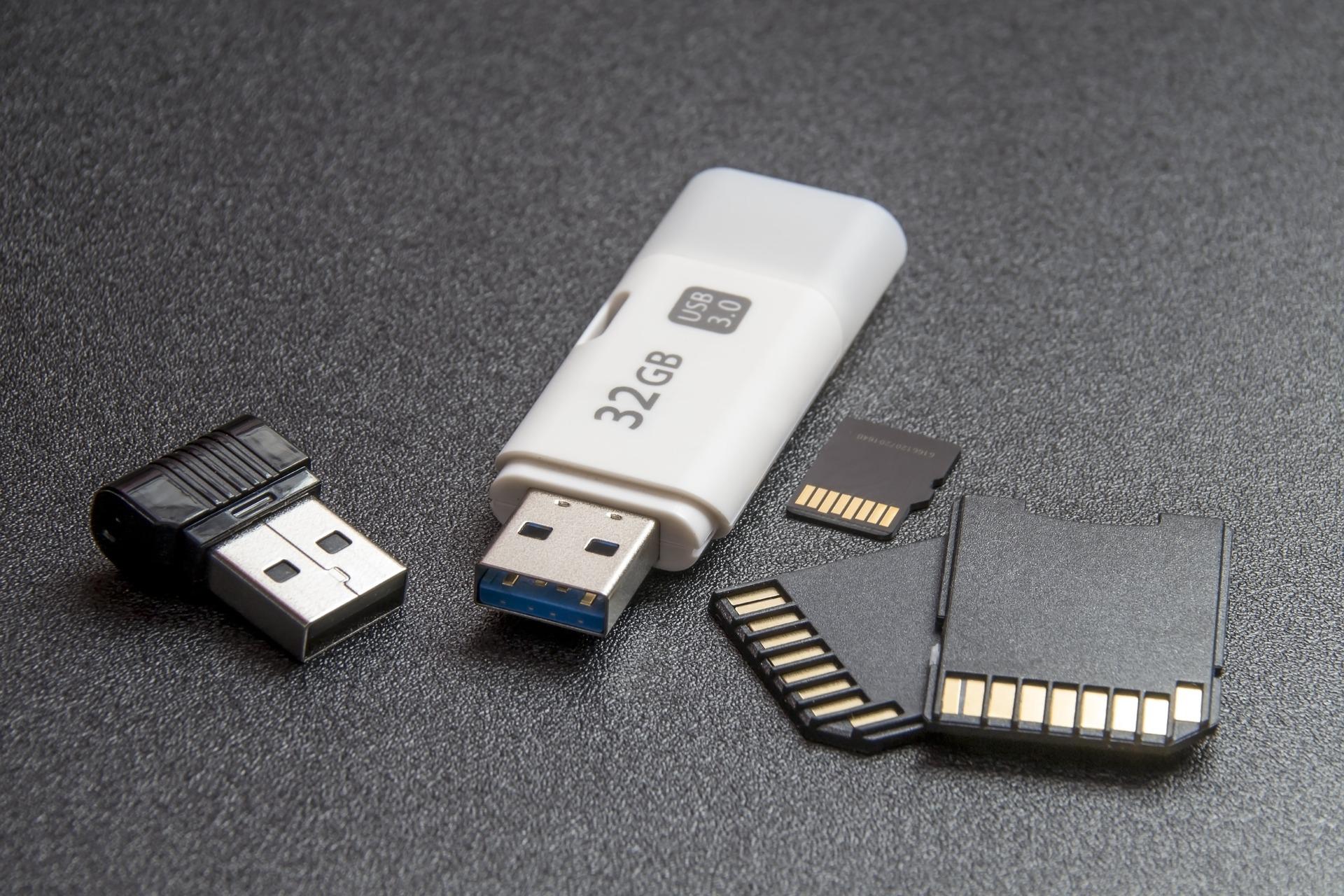
The Essential Values for USB Duplication Services
For content and software security, a number of USB duplication services throughout the globe depend on USB. These services need a solution that is both affordable and trustworthy, as well as fast and efficient. With the USB Duplication Services in NSW you can expect the best here.
There are many USB sticks to manage concurrently, and USB has the ability to handle them all. One of our test boards contains eight USB hubs with a total of thirteen ports on each of them, as seen in the figure below (incl. power supplies). Cascade one board, and 99 sticks are written on the other board in parallel (in this case connected to three USB root hubs – two on board and one a PCI card).
Portable USB-connected test board
The small size and ease with which they may be connected with just four wires make these boards ideal for testing on a wide range of personal computers.
Up to 198 sticks of data may be written simultaneously on two of these boards by a single PC. The layout feature of USB allows you to quickly identify a failed stick and decide whether to try again with the next pass or reject it altogether. For the USB Duplication Services in NSW now you need the best choice.
The size of the physical layout is restricted
When working with a large number of USB ports/sticks, it is essential to follow a few simple guidelines. Without these, the operation will either fail or stall significantly.
These are some of the best practises that have been recommended. You’ll be happy with the results if you follow these guidelines. To avoid difficulties, it’s best to obey the rules.
Making a decision on which USB flash drive to use
A printed circuit board, a USB connector, a controller chip, a memory chip, and a case all go into making a USB flash drive. Components that are of poor quality might cause the drive to malfunction while it is in use.
High-quality drives with Tier 1/Grade A, branded original memory should be utilised, according to recommendations. Original memory is made by a variety of firms, including Samsung, Toshiba, Intel, Micron, and Hynix. On the memory chip, you should be able to see the manufacturer’s name.
Samples containing protected content should be tested on both Mac and Windows operating systems before submitting bulk requests for samples.
Hardware write protection can be implemented on certain controllers. In no way, shape, or form does this have anything to do with the material’s encryption. Even though the data will be encrypted, hardware write-protection allows for the real locking of the drives, which prevents new or erased data from being added or removed.
A list of USB controllers with hardware write-protection may be found in the USB Tools directory on a protected machine after installing USB Content or USB Software.
Changing the settings of your operating system
No anti-virus software should be used (this includes out-of-the box solutions as Windows Defender). Not all programs can be disabled, and uninstalling them may be necessary in certain cases. If anti-virus software is used with USB devices, it may cause system instability and a substantial resource drain when writing to a large number of USB drives at once in a single session.
Up to 127 endpoints may be managed by a single USB root hub, which includes both hubs and USB sticks. You can connect up to 50 USB sticks to a USB2 root controller due to the fact that a physical hub generally has numerous logical hubs and that a USB stick often has two end points. USB3 has a fraction of a percent, and sometimes a third of a percent, of this problem.
Last Words
If you have a motherboard with a USB root hub, you may add additional USB controller cards to your system. Conventional PCI and PCI-Express buses may be used in the same computer. One or two root hubs are all that these cards can connect to, regardless of how many connections they have. For the USB Duplication Services in NSW it works perfect.

